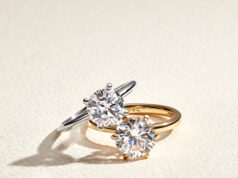
Everyone has to start somewhere, right? Well, the same goes for modifications, piercings and tattoos. Ear stretching has risen in popularity, as it is a body modification that people can do at home. However, it is essential that you take your time and stretch your ear carefully. Here is an ear stretching guide that can help you get the right gauge for you.

What Size Should I Start With?
If you have had your ears pierced for a while, your piercing will be fully healed. Which makes it the ideal candidate for stretching. Most people should start with something either 16 or 14 gauge.
In mm 16 gauge is 1.2mm which sounds small but it’s your starting place, you could also consider a 14 gauge which is a 1.6mm. You don’t want to push the stretch too far on the first try, as you risk tearing your ear lobe.
How Big Can I Stretch My Ear?
Almost as big as you like. There is a point of no return though. 2 gauge and 0 gauge (6mm and 8mm) are recommended by many professionals as the finishing point if you should ever want to let the holes shrink down naturally.
If you do decide to remove them, it will take somewhere in the region of 2-3 months for them to be almost regular earring size.
The Guinness book of records has the biggest earlobe stretch down at 4.3 inches.
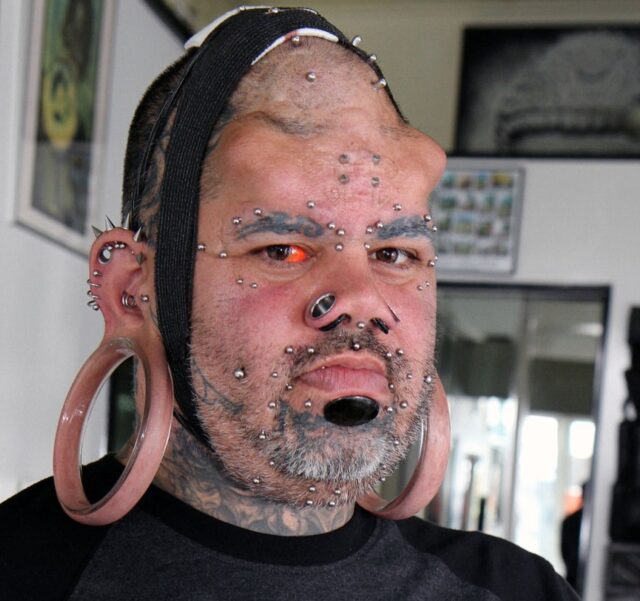
Can Stretching Permanent Damage My Ear?
There are a number of factors to consider. If you skipped sizes when you were stretching, then you are likely to have ripped more of your skin than stretching it. Some people have more resilient lobes, and they shrink back down even beyond 8-10mm.
In order to give yourself the best chance of being able to return your lobes to a standard piercing size if you should want to remove the plugs or tunnels, ensure that you massage your lobes regularly. This will soften the skin and reduce scar tissue.
It is possible to have some minor surgery to have the holes in your lobe closed up if you decide to stretch beyond 8-10mm.
What is Skipping Sizes on Ear Stretching?
When you stretch your ears, you will follow a standard pattern. Choosing a starting gauge, letting the lobe heal for 4-6 weeks, then going directly up one size.
When you skip size and go up two sizes rather than one, you are more likely to cause tears and potentially a blow-out.
Your skin only has a certain amount of elasticity, not giving your skin enough time to stretch and heal safely just causes irreparable damage.
Skipping = ripping. That’s precisely what we don’t want to do.
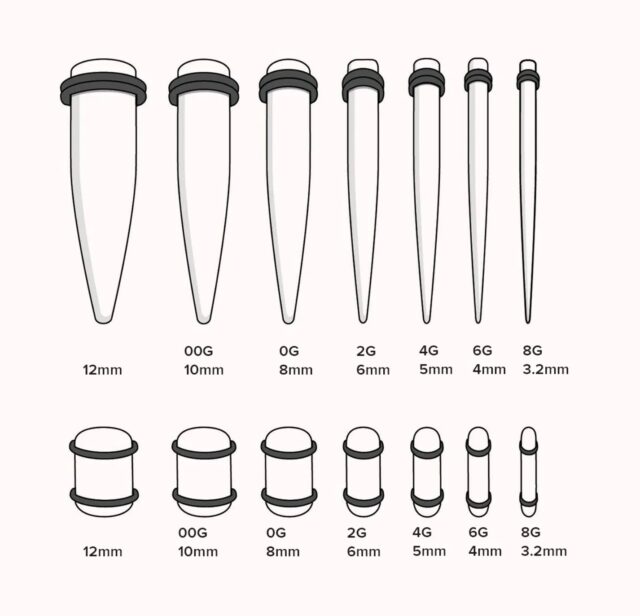
Illustration by Monica Pardo
What is Blow-Out?
A blow out is a term you will hear associated with stretching the ear too fast. It is where the inside of your piercing is forced out through the back of the piercing. They aren’t always noticeable, but they can limit the styles of jewellery you can wear, as you will need to allow room on your plug or tunnel for the blow out skin flap.
If you happen to cause a blow-out, you can remove your plug or taper, and replace it with the size down immediately. It isn’t 100% that it will solve the issue, but it will prevent it healing like that as much as possible.
How Do I Stretch My Ears With Tapers?
Many people who wish to stretch their ears will start with tapers. A taper is straight but will have one end thicker than the other. Tapers are typically made from steel or acrylic.
Acrylic Tapers
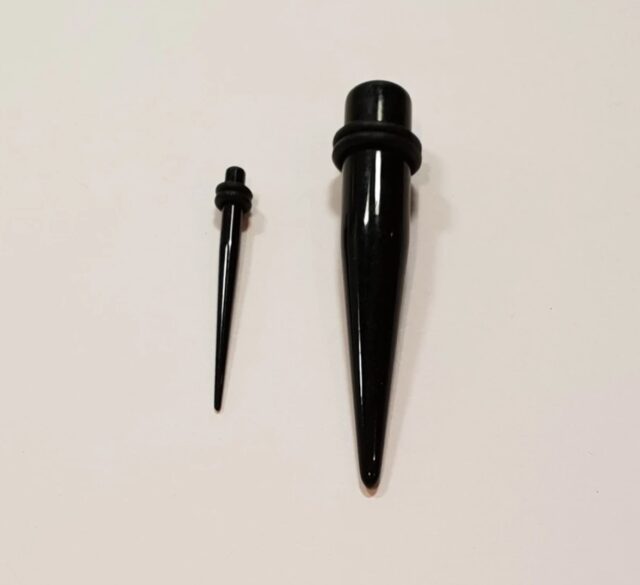
These are the cheapest way to stretch your ears. Often coming in complete starter kits, they can get the stretching job done well. It should be noted that you can’t sterilize acrylic, and it doesn’t have the same slip as steel. But iff you are on a budget, acrylic tapers are ideal.
Steel Tapers
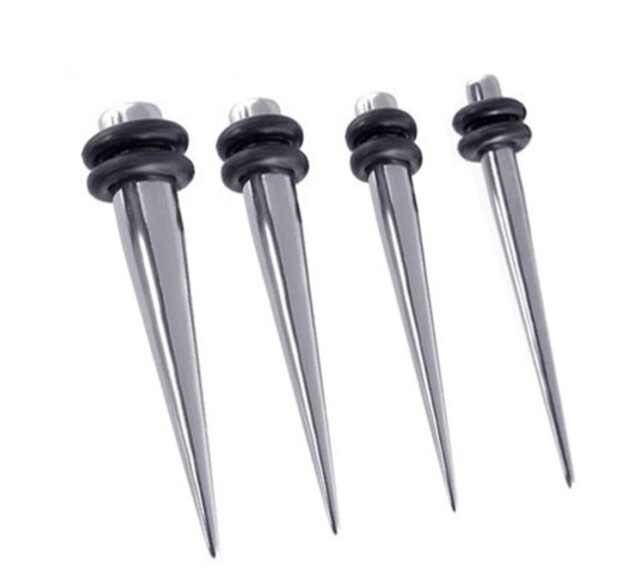
A step up from acrylic, but still very budget-friendly. Steel tapers can be sterilized, which means they are going to give you a safe and clean stretch. Steel tapers are also easier to slide through the piercing hole too, so can be a more comfortable experience. You can also purchase concave steel tapers. These have a slightly longer stretchable area, which means they are gentler on the ear.
Time To Stretch
Once you have decided which tapers you are going to use, the next part is stretching your ear. Make sure that you have got your lubricant for your taper.
You can use jojoba oil, emu oil or specially formulated stretching lubricant. The lubricant will make the taper slide into your ear more easily. Don’t use vaseline it can propagate bacteria and cause infection.
After cleaning your hands, and the lobes of your ear, massage the ear lobe with the oil lubricant. Slowly insert the smallest end of the taper into your ear. Don’t push too hard, it will likely take a few minutes to get to the wider end, but slower is better.
You can then slide your plug onto the back of your taper and press both through. The plug will side in the ear lobe, and you can remove the taper. Secure the plug with the screw on fastening, or the soft o-ring.
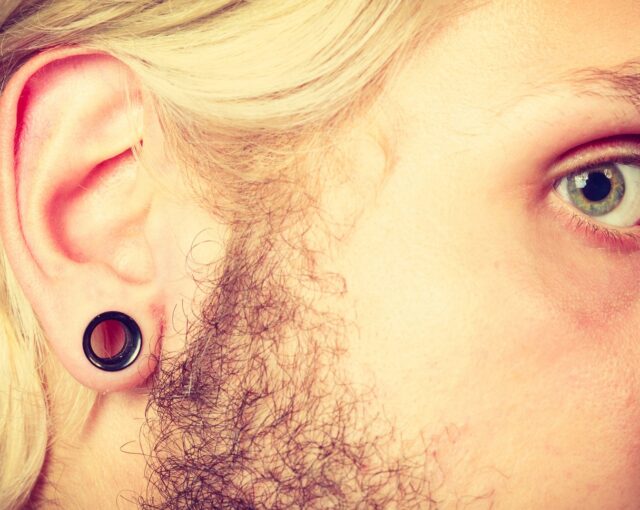
My Stretched Ear Smells Funky, How Do I Fix it?
While your ear is healing it will release lymph fluid and dead cells. This will begin to build up if you aren’t cleaning your ear regularly. You can wash your ears daily with mild soap and water (leave the plug in during healing), or wear organic plugs when your stretch has healed. Organic plugs let your ear breath and soak up much of the funk. Check more of the organic plugs on customplugs.com.
You should stretch your earlobes slowly in order to get a true stretch instead of tearing your ear and causing permanent damage. It is also vital that you massage your ears to reduce scar tissue and encourage circulation. After 6 weeks include a weekly lobe massage in your regular cleaning routine.



